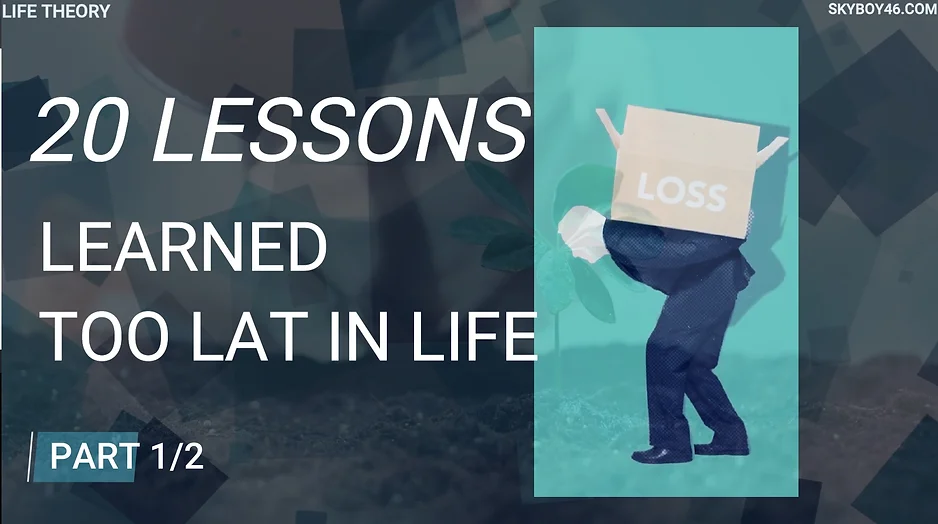Don’t Want To Read?
Watch/Listen To The Full Video on YouTube
Deep in Ireland’s wild terrain lies a valley where legend and science intertwine—a place once believed to cure madness, now revealing secrets hidden in its waters. Myths of lost souls and healing streams have persisted for centuries, but modern discoveries show these tales may be rooted in reality. What if an ancient remedy, dismissed as folklore, held the key to understanding the human mind?
SUBSCRIBE: https://www.youtube.com/@LifeTheory46
Ireland’s Valley and the Ancient Cure for Madness – Life Stories 320
Hidden in the wild heart of Ireland’s rugged landscape lies a tale as old as time itself—one that intertwines myth, science, and the mysterious forces of nature. Here, in the southwestern sleeve of the ancient mountains, legends whisper of a place where madness once found solace, and the echoes of folklore speak of cures that modern medicine is only beginning to understand. Today, we venture into the story of Ireland’s Valley of Madness, a place where lore, history, and neuroscience come together in the most unexpected of ways.
Imagine a place where the land is alive with rolling greens, the air thick with stories passed down from ancient times. This is the Slieve Mish mountain range, a stretch of rugged beauty reaching 18 kilometers, where history lingers in every shadow. The region cradles ancient secrets, from 10,000-year-old relics to medieval monastic ruins, each trace of humanity blending into the wilderness. But among these echoes, none is as haunting or captivating as the tale of the Valley of Gallnagalt—the Valley of Mad Men.
The story begins with the origins of the Slieve Mish name, drawn from an old legend about Princess Mis, daughter of Daire Donn, a mythical king said to have ruled much of Europe. According to lore, his ambition drove him to conquer Ireland, setting the stage for a fierce battle. As the tale unfolds, the warrior Finn mac Cumhaill led the Irish to victory, but the triumph came at a cost. In some versions, Mis witnesses the death of her father; in others, she discovers his lifeless body. Either way, grief overtakes her, twisting her mind into darkness. Consumed by despair, she retreats into the mountains, transforming into a creature of wild madness—a “geilt,” the ancient word for a lunatic, her humanity slipping away as she grows claws and fur, prowling the hills in a feral rage.
Her legend became part of the mountains, her name forever linked with those who lost their reason and wandered to the valley seeking refuge from their inner turmoil. It was said that the waters of Gallnagalt had the power to cure madness, and for centuries, people came, drawn by tales of miraculous healing. But this is not merely a story of myths—science now offers a glimpse into why these tales endure.
In 2012, scientists decided to investigate the waters that had captivated folklore for generations. What they discovered was nothing short of extraordinary: the streams were rich in lithium, a naturally occurring element known for its profound effects on the mind. For decades, lithium has been used as a mood stabilizer, treating conditions such as bipolar disorder and, in some cases, schizophrenia. Its presence in the valley’s waters suggested that the age-old stories of healing might have a basis in reality.
To understand why lithium can be so effective, we must look far beyond Earth, to the origins of the element itself. Formed in the crucible of the Big Bang and carried through the cosmos by stellar explosions, lithium found its way to Earth, settling in igneous rocks near active geological boundaries. Over millennia, these rocks pushed toward the surface, releasing traces of lithium into the landscape, including the waters of Gallnagalt.
The element’s therapeutic properties were first documented in the 20th century, when it was used as a tranquilizer to treat mania. Research has since revealed its ability to reduce symptoms of anxiety, depression, and even protect against neurodegenerative conditions. But the true nature of how lithium calms the mind remained elusive until a curious experiment involving worms and their neuronal responses led scientists closer to the answer.
It turns out that lithium interacts with certain proteins in the brain, most notably bpnt1, which plays a role in regulating neurotransmitters like dopamine and norepinephrine—chemicals responsible for stimulating brain activity. By inhibiting bpnt1, lithium essentially turns down the volume on these neurotransmitters, preventing the overstimulation that can trigger manic episodes or overwhelming anxiety. This mechanism may very well explain why people long ago found respite in the valley’s lithium-rich waters, even if they had no way to understand the chemistry at play.
In the end, what we find in the Valley of Gallnagalt is not just a fusion of legend and landscape, but a meeting point where the mysteries of the mind connect with the forces of nature. The stories of madness and healing are not just relics of a forgotten time; they are living connections to how we’ve tried to understand and soothe the troubled mind throughout history.
Ireland’s Valley of Madness, it seems, is more than just a place—it is an ancient reminder that in the interplay between myth and science, we may still uncover truths that elude even our most advanced technologies. There, in the whispering streams and windswept hills, nature’s hand continues to guide us, just as it did those who came before us, seeking the cure that can only be found where the stories of the earth and the mind converge.
–> Read More Life Stories Here:
https://www.lifetheory.us
https://www.lifetheory.eu
Buy all of our Life Stories & Our Premium Learning Packs. Listen or Read to them anytime you want. Have them Forever.
You can get each monthly lesson on our website at https://www.skyboy46.com/store
SHARE THIS STORY
Visit Our Store
SHOP NOW
www.skyboy46.com & www.myskypet.com
Designed For Pet Lovers & Introverted Souls
Sport, Hobbies, Motivation, Music & Art






~EXPLORE MORE~
www.linktr.ee/skyboy46


